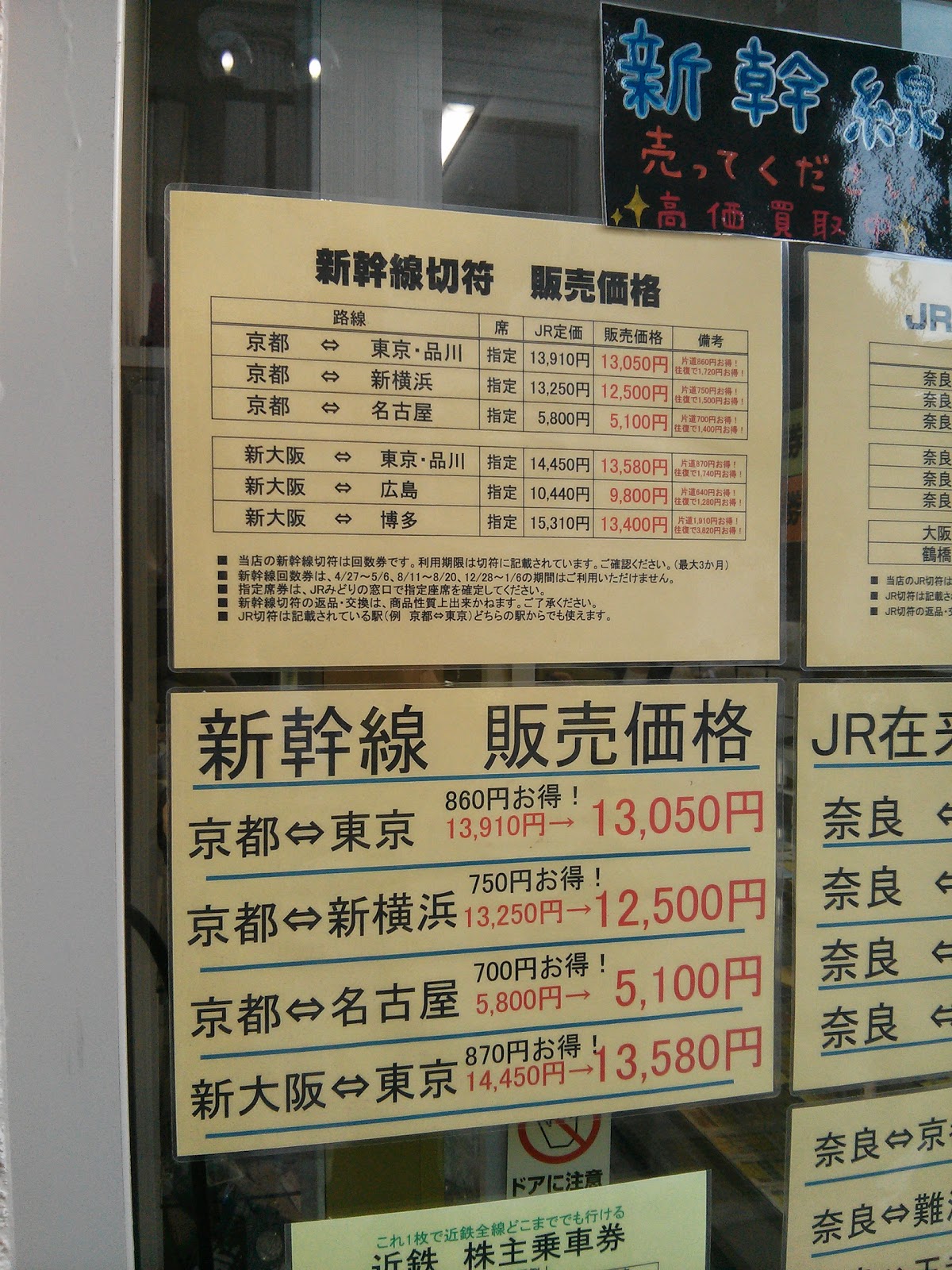(Thanks to E231joban on YouTube for the audio)
I've first heard it on the local train on the Kyudai line in Kyushu. Then I've heard it again on the Miyazu line on the way to Amanohashidate. It sounded a bit scary like the driver violated some safety rule or something. However, as I've heard it again and again, with a kid on the train even mimicking the sound, I came to believe that it was a normal occurrence.
Since I've heard it again, I've decided to do some research. After some Googling, I've found that the sound called the ATS (Automatic Train Stop) warning sound. ATS-S is the oldest safety system used in Japan's train and is still in use on many lines today. The following is more or less a translation of the answer found on the Japanese Yahoo Answers (chiebukuro) [1] combined with other resources [2][3].
The system is designed to prevent the train driver from missing a red signal and driving the train into a section of the track he or she is not supposed to enter, potentially resulting in an accident. Around 600 meters before the red signal, the loud alarm will sound. The driver must apply the brake and press the confirmation (ATS確認) button within 5 seconds otherwise the emergency brake will be automatically applied. After the confirmation is done, the sound will change into a metronome sound to remind the driver that the signal ahead is still red.
The reason is is often heard on countryside trains is because:
- City trains are often newer and has newer train control systems like ATS-P or ATC for which the brake of appropriate strength is automatically applied and does not require confirmation from the driver. More information about different Japanese train control and safety system can be found at [4].
- City trains often have two tracks or more, making it quite rare (I assume) that the signal ahead is red. However, for single-tracked train, when approaching a station, it is natural that the signal is red because the train must wait for the other train to pass by. Please bare with my bad diagram here:

The left train is a approaching the station. The signal will be red until the right train also enters the station because the track won't be available until then.
Here's a video of what the driver is supposed to do when the sound comes up:
(Thanks to marinek0 on YouTube for the video)
The brake must be applied and the button pressed, then the alarm sound will stop. Interestingly, the driver only applied the brake for a split-second to satisfy the system's requirement, then continued accelerating. I wonder why.
References
[1] https://detail.chiebukuro.yahoo.co.jp/qa/question_detail/q13108870423
[2] https://oshiete.goo.ne.jp/qa/4363457.html
[3] https://openbve-project.net/play-japanese/
[4] https://pdfs.semanticscholar.org/7688/320f16c5be8970a5fc0e8839ea59810a69c0.pdf























































